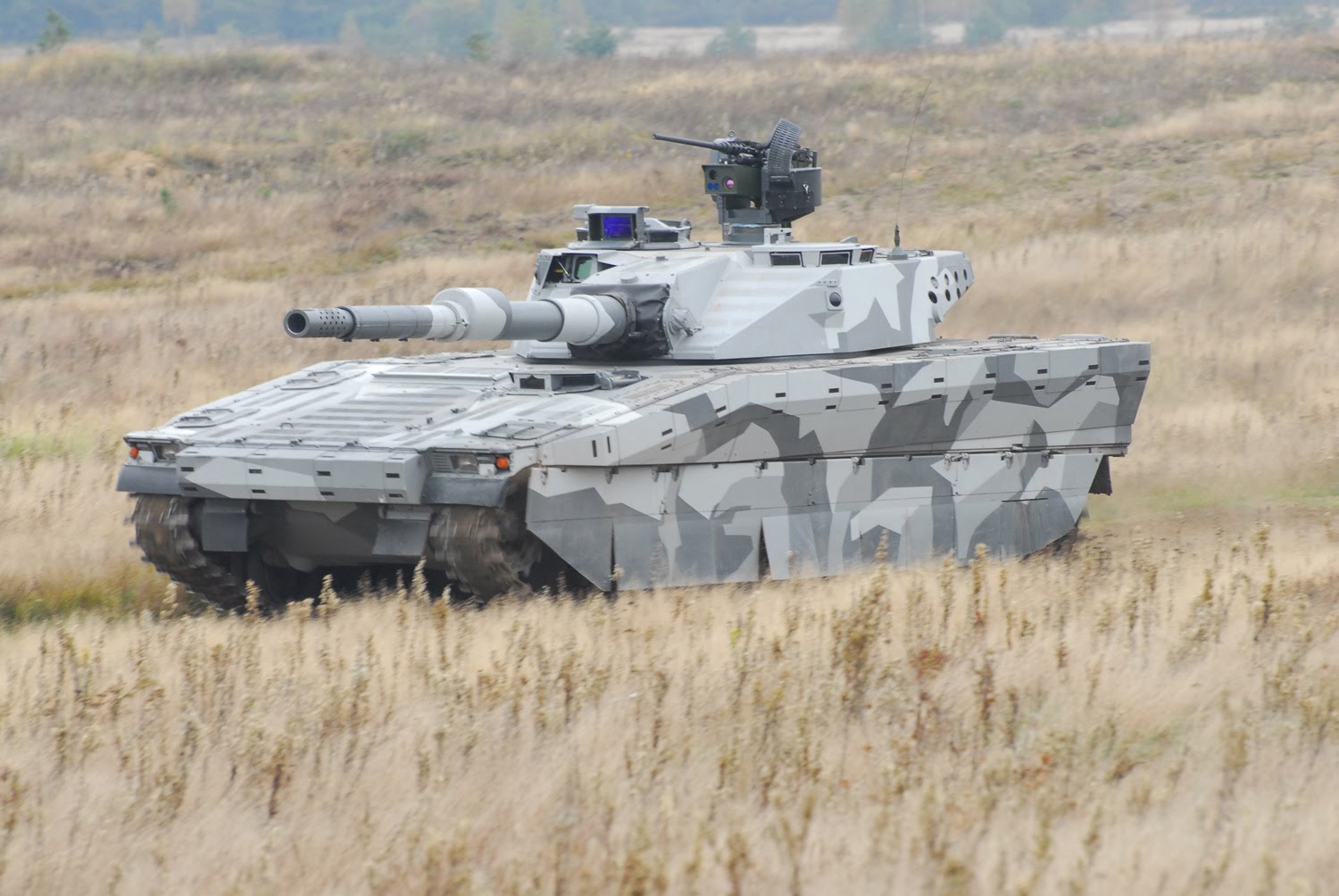

The solids stay in the tank while the wastewater is discharged to the drainfield for further treatment and dispersal. Heavy solids settle to the bottom of the tank while greases and lighter solids float to the top. More detailed information on specific technologies can be found in Fact Sheets.Ī septic tank is a buried, watertight tank designated and constructed to receive and partially treat raw domestic sanitary wastewater. See below for illustrations and descriptions of various types of conventional and alternative septic systems. The list is not all-inclusive there are many other types of septic systems. Below are ten of the most common types of septic systems used, followed by illustrations and descriptions of each system. These factors include household size, soil type, site slope, lot size, proximity to sensitive water bodies, weather conditions, or even local regulations.

The design and size of a septic system can vary widely, from within your neighborhood to across the country, due to a combination of factors.


 0 kommentar(er)
0 kommentar(er)
